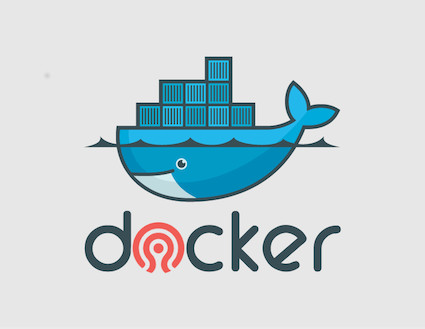
Almost two years have passed since my first attempt to run Ceph inside Docker.
Time has elapsed and I haven’t really got the time to resume this work until recently.
For the last couple of months, I have been devoting a third part of my time to contributing on deploying Ceph in Docker.
Before we start, I would like to highlight that nothing of this work would have been possible without the help of Seán C. McCord.
Indeed the current ceph-docker repository is based on Seán’s initial work.
Let’s see how you can get this running!
Read On...

As part of my work on ceph-docker, I have been playing a bit with Kubernetes.
As a first exercise, I thought it would be interesting to run my Ceph monitors with Kubernetes.
Let’s see how we can achieve that.
Read On...

For more than a year, containers have become more and more popular especially thanks to rise of Docker.
Unfortunately the concept itself is not always clear for everyone.
It is important to understand the difference between LXC and Docker.
In this article, I will expose the different technologies available.
Read On...

Quick tip to access a container without SSH.
Read On...
Nice talk from Rohan Singh about the internal usage of Docker at Spotify.
Read On...

Docker is definitely the new trend. Thus I quickly wanted to try to put a Ceph monitor inside a Docker container. Story of a tough journey…
Read On...

CoreOS is an emergent project that aims to address one of the most pressing questions in the server’s world.
We at eNovance, therefore released eDeploy: a tool that performs bare metal deployment and manages upgrades with ease.
Deploying and upgrading servers are currently two major concerns in the IT world since none (or at least very few people know how to do).
I couldn’t resist trying CoreOS.
Read On...

Juju fait parti des nouveaux outils développés par Ubuntu dans sa gamme Ubuntu Cloud pour déployer votre infrastructure Cloud privé. Il fait parti intégrante du projet Orchestra. Actuellement Juju est en cours de développement. Il est toutefois possible de réaliser des tests soit avec des instances Amazon EC2 soit en local avec des LXC. Pour ma part j’ai testé cela à partir de conteneur LXC.
Read On...






